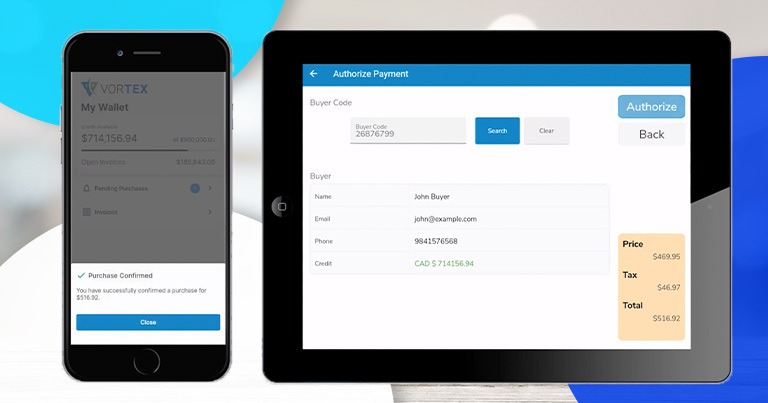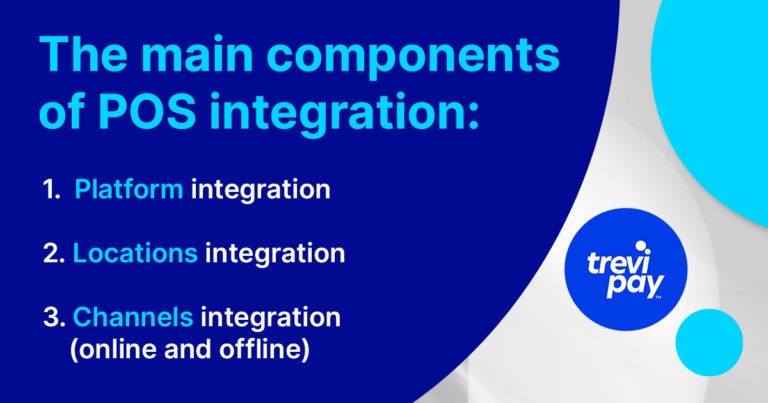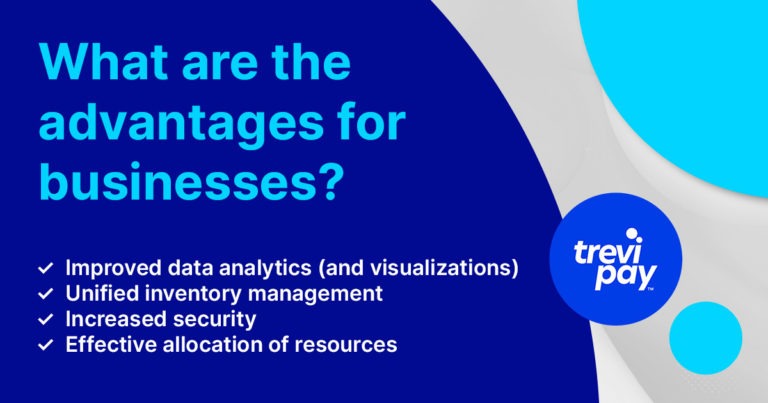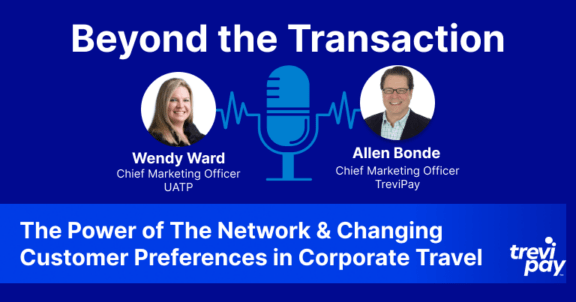Blog · Approx. 8 minute read
POS Integration: A Clear Overview

Customers want simplicity and convenience. And so do businesses.
Fragmented software solutions can create more work and margin for error.
Some businesses put off point of sales (POS) integration because they fear the cost and complications of implementing and maintaining it.
But with the right provider, the POS integration process can be quick and efficient. The resulting solution can bring great benefits to your operations and your customers.
What is POS integration?
POS integration is the connecting of your point-of-sale technology with your accounting, inventory and other operating systems (including other POS systems).
It enables your POS system to automatically send data between different locations and channels. For example, sending sales information to your accounting software.
Integration is carried out with application programming interfaces (APIs), which enables different software to connect and transfer data. User interfaces then enable users to interact with this interconnected software in one central hub.
There are many different POS systems available. And each business has its own tech stack, so the specifics and scale of each POS integration are different.
POS integration is increasingly managed on cloud-based software. You won’t need to install and maintain large hardware on your premises.
What is the difference between POS integration and POS customization?
POS integration is a comprehensive and multi-faceted solution involving many different platforms. POS customization, on the other hand, usually involves adding different features to your existing POS system or a limited version of POS integration.
Customization more broadly speaking is inherent in the POS integration process itself, which means the term does often come up. However, POS integration is a more complex and large-scale project than POS customization.
Why do POS systems matter?
The worldwide market value of POS systems was estimated to be $9.26 billion USD in 2020 and grow by a compound annual growth rate of 9.5% between 2021 and 2028.
POS systems are now an essential part of many business toolkits. Contactless card readers are essential for physical stores. And for features like eCommerce financing to be effective, they often need to be offered at the point of sale.
The main components of POS integration

Whilst each POS integration is unique, it will usually broadly covers three main areas:
1. Integration between platforms
Most businesses use multiple tech tools for accounting, marketing and management tasks. This can extend to integration between programs, such as a loyalty or embedded financing.
2. Integration between locations
Businesses with multiple brick-and-mortar stores (or restaurants, wholesale outlets, etc.) use integration to bring together sales, customer data, invoicing, etc., from different POS systems.
3. Integration between channels (online and offline)
POS integration between online and offline channels is essential. ‘Clicks and mortar‘ (the business model of having both physical stores and an online ordering platform) provides consistent and frictionless touch points for customers.
A study by McKinsey found that 56% of consumers from all categories used both on- and off-line channels to make purchases.
Having an eCommerce platform has never been easier, whether it’s hosted with your own website or with a third-party provider. But ensuring your eCommerce POS is in sync with your store isn’t always straightforward.
Managing both streams simultaneously requires being able to extract information about what products are in-store and in depots in real time. Product lists can then be updated in real time without extra work.
POS integrations may also help you understand the difference between the two channels better.
For example, you might have suspected that packaging working well on shelf doesn’t work well online. This could lead to keeping the majority of this stock in-store.
What are the advantages of POS integration?
There are several benefits of POS integration. The number and variety of these advantages keeps on growing as technology advances and innovation increases.
Here are some of the main advantages for businesses and customers.
Advantages for businesses

The benefits of POS integration for business essentially come downstream from having your data in one place.
1. Improved data analytics (and visualizations)
It can even provide you with a real time overview of all aspects of your business. This helps you spot emerging trends (shortages, opportunities, or other issues) sooner.
Having your data in one place helps you with budget management and the tracking of staff hours.
If you are in retail, for example, POS integration might help you discover that your busiest hours aren’t covered by a large enough workforce.
With the right user interface, you can customize the metrics that mean the most to you and have them displayed according to your preference. This streamlines your decision-making and reporting processes.
2. Unified inventory management
Inventory management can be difficult to handle without real-time data. The only thing worse than a stockout is an unexpected stockout.
POS integration enables you to update stock keeping units (SKUs) across multiple channels and automate new stock orders.
It can also simplify tracking and management of product descriptions, availability and pricing.
3. Increased security
As a place where money and financial information are exchanged, POS systems are a natural target for online criminals.
Many high-profile (and less high-profile) security breaches in recent years have begun with the infiltration of POS security.
POS integration can contribute towards combating this risk. It can implement automating encryption into all data transfer processes, for example. And its software updates can also provide a way of regularly adding security patches to strengthen your security.
4. Effective allocation of resources
POS integrations reduce or even remove the need for manual data entry and data checks. This frees up your employees’ time and energy.
Advantages for customers

These could also be listed as benefits for customers.
1. More product availability
Data shows that availability is crucial to market penetration. With an integrated POS system, customers can expect the same price and payment methods in multiple locations.
Consistency of experience across platforms, which helps maintain an easy and familiar environment for customers, also ties in with availability.
Discrepancies may not only lead to cart abandonment, but also to assumptions about availability on other channels.
Customers can also easily track their on and offline purchase history in one location. This reduces the risk of erroneous purchases or failure to purchase.
2. More frictionless customer experience (CX)
Frictionless browsing and purchasing processes increase improve CX. Providing this is increasingly a prerequisite to making sales.
This is arguably more important for online transactions than offline ones. (In-store, minor frustrations are unlikely to lead to customers abandoning purchases as they often do online).
Yet according to one study, 85% of people are unhappy with their online shopping experience. So as competition online increases and evolves, businesses that buck this trend will benefit greatly.
What are the disadvantages of POS integration?
Besides the initial cost and time POS integrations require, there are some other disadvantages.
Your employees may be used to and adept at dealing with your existing channels even though they are fragmented.
Though a new, unified POS integration will likely save them time in the future, they may still need training and time to adapt to the new user interface.
Taking on new hardware and software components will become more difficult. Each new software must now be integrated into the existing API.
Likewise, if you want to discontinue already integrated software, you will need it removed.
POS integration for business-to-business (B2B)
B2B customers generally make larger purchases less often. Their purchases also involve larger transactions and longer payment terms.
Not having comprehensive and optimized POS integration can mean risking forfeiting potential purchases at the crucial conversion stage.
B2B following business-to-customer (B2C) trends
Many in the B2B industry have pointed out that its trends increasingly follow those set by B2C.
This could be because B2B users inevitably have experience with B2C, or because B2C relatively fast-paced environment has led to practical solutions being adopted, or both.
Either way, the expectations around B2B convenience and customer experience (CX) are growing.
B2B financing available at POS is another industry trend.
One example is buy now pay later (BNPL), which has emerged quickly and forcefully in B2C in recent years. It’s now a powerful trend in B2B, where it also helps sellers increase conversions and cart sizes.
What to look for in a POS integration provider
There are many potential providers of eCommerce integration and many factors you should consider before choosing one.
Firstly, experience or the capability to work with your POS system is obviously a necessity.
You should also consider whether you need a white-label solution. Some businesses like this because it boosts their visibility and maintains the consistency of their brand.
Conclusion
POS integration takes place across different locations and software.
It covers three main areas: integration between POS systems in different locations, integration between POS systems and other relevant software (accounting, inventory management, loyalty programs, etc.), and integration between on- and offline channels.
If done well, it can improve data collection and reporting, which in turn will help improve operations. It can also automate shortage notifications and inventory orders.
It provides a more frictionless customer experience for users, many of whom frequently switch between channels and expect consistency. If you integrate your POS with a white-label solution, you can increase brand visibility and consistency.
Each POS integration is unique. It is carried out on an API and provides the end user with a user interface. This complicated integration work ultimately provides you with a simplified system integration, which in turn should improve your operations.
Stay up-to-date with the latest from TreviPay
Thank you for subscribing! You will now receive email updates from TreviPay.


